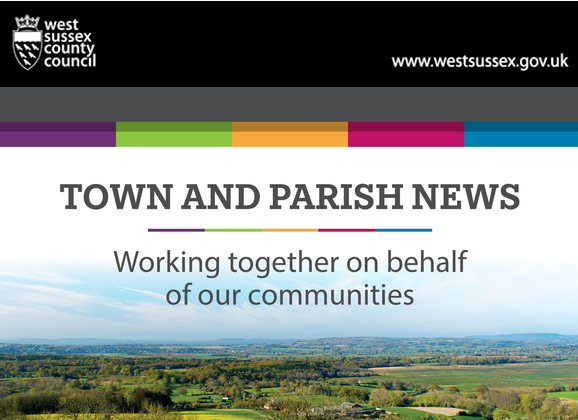Town and Parish Council News Special – August 2020 – Ash tree die back

Special edition August 2020
Ash tree disease impacts West Sussex
Ash dieback (ADB) is a devastating disease that has the potential to kill over 95% of West Sussex ash trees over the next 10 – 20 years. As nearly 21% of all broadleaved trees in West Sussex are ash, this would have a major impact on the county’s landscape, wildlife and habitats.
Although there is no treatment, a small percentage of ash may be resistant to, or tolerant of, the infection. Survivors can be used for breeding tolerant ash trees for the future.
The County Council is working with district and borough councils, other organisations, and land owners to take a coordinated approach to mitigate potential health and safety risks. There is likely to be further selective felling of ash trees and reactive work this summer. Phase 2 of the highway survey for ash trees is also underway. This will help to prioritise inspections.
For more information visit the West Sussex County Council website
What parish and town councils need to do:
- If you have responsibility for trees, check your tree condition surveys are up to date;
- Know where your ash trees are and, if you have volunteer tree wardens, encourage them to monitor the trees and report regularly;
- Prepare a plan to manage the impact of ADB – see the Ash dieback toolkit; also the recently published guidance for homeowners and those with ash trees on their land from The Tree Council;
- Be aware that ash trees with tree preservation orders (TPOs) or trees in Conservation Areas will normally still require consent for any works from the local planning authority. Contact the district or borough council tree officer for specific advice.
If you own woodland which contains ash you should be aware that:
- Markets for lower grade timber are available which may help reduce the cost of felling; and,
- There are grants available under Countryside Stewardship which can contribute towards the cost of restocking and ongoing management.
For further information on managing your woodland please contact your local Forestry Commission Woodland Officer:
- Julian Williams (Chichester, Arun, Worthing, Adur, Horsham, Crawley) julian.williams@forestrycommission.gov.uk, or
- Matthew Smith (Mid Sussex) Matthew.smith@forestrycommission.gov.uk
Please be aware that under the Forestry Act 1967, a licence is required to fell most trees.
Details of how to apply for a licence and any exemptions which may apply are outlined in the Tree Felling – Getting Permission document.
Finally, please do not panic! Whilst the safety of trees is always the responsibility of the landowner, the requirement under health and safety legislation is to have a suitable and sufficient risk assessment, and to apply measures that are reasonable and practicable.
More on this and the duty of care is in Common Sense Risk Management of Trees, from the National Tree Safety Group.
Also see Forest Research for further advice on the identification of ADB and how to report it, and the Arboricultural Association for directories of registered consultants and approved contractors.

0 Comments